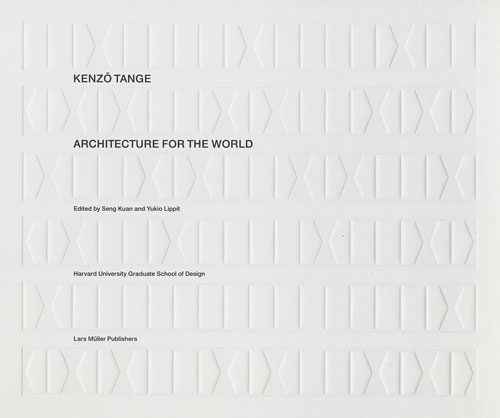Kenzō Tange: Architecture for the World

Kenzō Tange (1913–2005) is a peerless figure among twentieth-century Japanese architects, unmatched in his talent, influence, and versatility. His Hiroshima Peace Memorial established an unprecedented monumental public space for an aspiring democracy in postwar Japan, demonstrating a mastery of complex projects that were simultaneously human and social in scale. A leading force of the Metabolist movement, Tange was the first non-Western architect whose works would be embraced as universal in value, laying the ground for the global aspirations of Japan’s postwar generation. This unique assemblage of new scholarship by an international team of experts reframes Tange according to the contingencies of Japanese modernism well as contemporary discourses of cultural identity, technology, urbanization, and the synthesis of the arts. Case studies on celebrated works—Hiroshima, Tokyo Bay Plan, and Yoyogi Stadiums—clarify Tange’s wide-ranging interests and design methodology. Abundantly illustrated with archival drawings and period photographs, this volume provides fresh and compelling perspectives on the practices, discourses, and production contexts of Tange’s work as well as the architecture and urbanism of postwar Japan. This represents the most serious and comprehensive reassessment of Tange in the English language in decades.
Edited by Seng Kuan and Yukio Lippit
Co-published by the Harvard Graduate School of Design and Lars Müller Publishers.